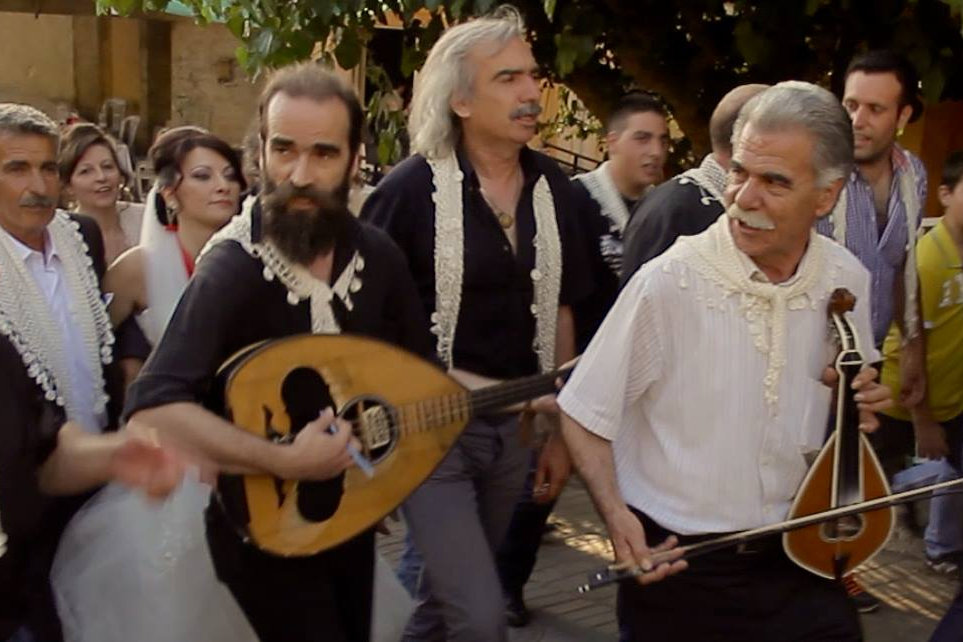Crete, the largest of the Greek islands, is not only renowned for its stunning landscapes and rich history but also for its vibrant musical traditions. Cretan folk music, with its distinct melodies and rhythms, offers a fascinating window into the island’s cultural heritage. This music is more than just entertainment; it is a living tradition that reflects the joys, sorrows, and daily life of the Cretan people. Embarking on a melodic journey into Cretan folk music reveals the deep-rooted traditions and the enduring spirit of this enchanting island.
The Origins and Evolution of Cretan Folk Music
1. Historical Roots: Cretan folk music has ancient origins, influenced by the various civilizations that have inhabited the island over millennia, including the Minoans, Byzantines, Venetians, and Ottomans. Each of these cultures left its mark, contributing to the rich tapestry of Cretan music. The earliest forms of music were closely tied to religious and social rituals, evolving over time to incorporate elements from different eras and rulers.
2. Influence of the Renaissance: During the Venetian rule (1204-1669), Crete experienced a cultural renaissance. This period saw the flourishing of Cretan literature and music, blending Western European influences with local traditions. The music from this era, known as Cretan Renaissance music, laid the foundation for many of the melodies and styles that continue to be popular today.
Key Instruments in Cretan Folk Music
3. The Lyra: The Cretan lyra is the most iconic instrument in Cretan folk music. This pear-shaped, three-stringed instrument is played with a bow and is central to most Cretan musical ensembles. The lyra’s haunting, expressive sound can convey a wide range of emotions, making it perfect for both lively dances and soulful laments.
4. The Laouto: The laouto, or lute, complements the lyra in Cretan music. It has a long neck and a body similar to a guitar, with eight strings tuned in pairs. The laouto provides rhythm and harmony, often playing a pivotal role in the performance, setting the tempo for dances and accompanying singers.
5. The Mandolin and Bagpipes: The mandolin and traditional Cretan bagpipes, known as askomandoura, also feature in folk music. These instruments add unique textures and layers to the music, enriching the overall sound and providing variations in melody and rhythm.
Traditional Cretan Dances
6. Pentozali: Pentozali is one of the most famous Cretan dances, characterized by its energetic, fast-paced movements. It is typically performed in a circle, with dancers holding hands or shoulders. The dance symbolizes bravery and resistance, reflecting the island’s history of defiance against invaders.
7. Sirtos: Sirtos is a slower, more graceful dance compared to Pentozali. It is performed in a line or circle, with dancers executing synchronized steps and turns. Sirtos is often danced at weddings and celebrations, embodying the spirit of joy and unity.
8. Sousta: Sousta is a lively, flirtatious dance performed in pairs. It involves intricate footwork and rhythmic hopping, creating an engaging and dynamic performance. Sousta is popular at social gatherings and festivals, where it adds to the festive atmosphere.
Cretan Music in Modern Times
9. Revival and Preservation: In recent years, there has been a revival of interest in Cretan folk music. Local musicians and cultural organizations are dedicated to preserving traditional music and passing it on to younger generations. Festivals, workshops, and music schools play a crucial role in this cultural preservation.
10. Contemporary Influences: While traditional elements remain strong, contemporary Cretan musicians often blend folk music with modern genres such as rock, jazz, and classical music. This fusion creates innovative sounds that appeal to a broader audience while maintaining a connection to the island’s musical heritage.
Experiencing Cretan Folk Music
11. Live Performances: The best way to experience Cretan folk music is through live performances. Many tavernas and music halls across the island host regular performances by local musicians. These intimate settings provide an authentic and immersive experience, allowing visitors to connect deeply with the music and culture.
12. Festivals: Cretan music festivals, such as the Renaissance Festival in Rethymno and the Houdetsi Music Festival, offer a fantastic opportunity to enjoy a wide range of performances. These festivals celebrate the island’s musical heritage, featuring both traditional and contemporary acts.
13. Music and Dance Workshops: For those interested in learning more about Cretan music and dance, workshops are available throughout the island. These sessions, often led by master musicians and dancers, provide hands-on experience and insight into the techniques and history of Cretan folk traditions.
Conclusion
Cretan folk music is a vibrant and integral part of the island’s cultural identity. Its rich history, distinctive instruments, and traditional dances offer a melodic journey into the heart of Crete. By exploring and experiencing this music, visitors and residents alike can gain a deeper appreciation for the island’s heritage and the enduring spirit of its people. Whether through live performances, festivals, or hands-on workshops, engaging with Cretan folk music is a memorable and enriching experience that connects you to the soul of Crete.


